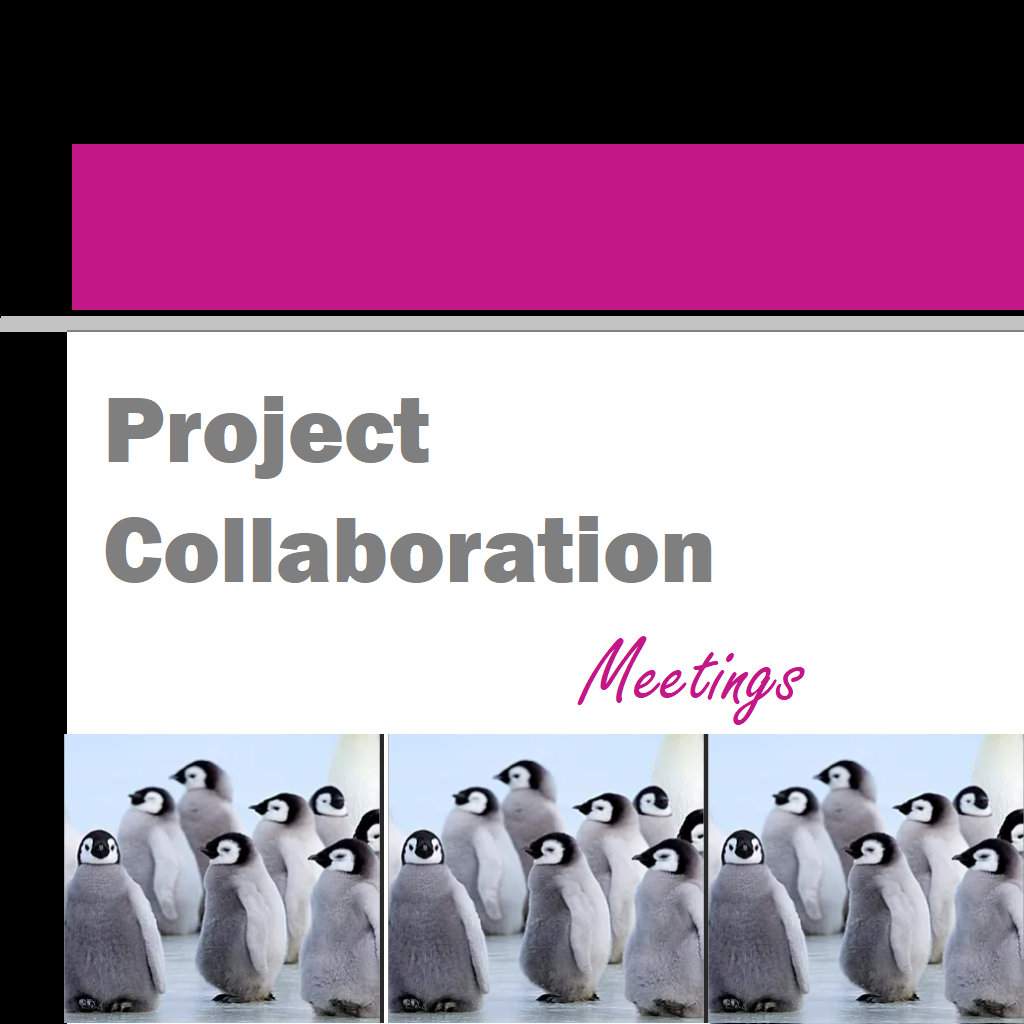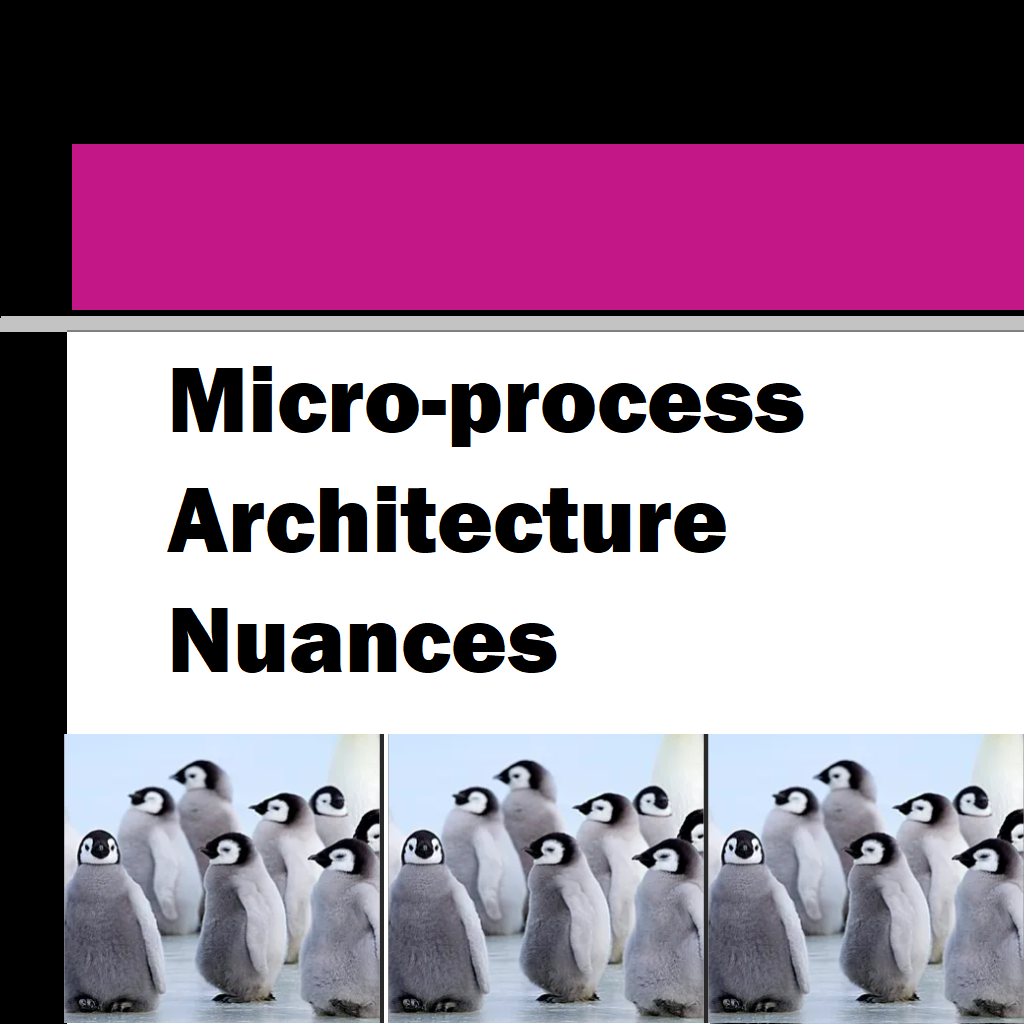Project collaboration refers to the collective effort of individuals or teams working together towards a shared objective or completing a specific project. It involves effective coordination, information sharing, and resource pooling among participants to achieve tasks, address challenges, and deliver successful outcomes.
At the heart of project collaboration lies effective communication. Collaborators utilize various channels such as meetings, emails, chat platforms, and project management tools to share ideas, provide progress updates, and exchange feedback. Seamless communication ensures that team members are aligned, enabling them to work cohesively towards project goals.
Coordination is another crucial aspect of project collaboration. Collaborators organize their efforts to ensure tasks are properly assigned, deadlines are met, and resources are allocated efficiently. This often involves breaking down the project into smaller tasks, establishing timelines, and managing inter-dependencies. By coordinating their actions, collaborators ensure that the project progresses smoothly and remains on track.
In project collaboration, information sharing plays a vital role. Team members exchange relevant information and data, granting access to project documents, sharing research findings, and leveraging their collective knowledge and expertise. This open flow of information allows collaborators to make informed decisions, solve problems, and generate innovative solutions. Problem-solving is an inherent part of project collaboration. Collaborators pool their diverse knowledge, skills, and perspectives to identify and address challenges encountered during the project. By working together to find solutions and overcome obstacles, they enhance the project’s chances of success.
Decision making is often a collective process in collaborative projects. Team members contribute their insights, opinions, and expertise, engaging in discussions to reach consensus on important project-related choices. This collaborative decision-making approach ensures that diverse perspectives are considered and leads to more well-rounded and informed decisions.
In project collaboration, proper management of project-related documents is crucial. Collaborators may utilize shared online platforms or document management systems to facilitate collaboration and maintain version control. This enables team members to access and contribute to project documents effectively, fostering a collaborative environment.
Lastly, project collaboration encourages a culture of feedback and iteration. Collaborators provide constructive feedback on each other’s work, allowing for continuous improvement and refinement of project deliverables. This iterative process ensures that the project evolves and enhances its quality over time.
By embracing project collaboration, teams can maximize productivity, foster innovation, and achieve better project outcomes. The combined efforts, diverse perspectives, and shared responsibilities contribute to the overall success of the project.
CONTENTS
Components of good collaboration meeting
What sort of collaboration should exist between business and implementation team in software
Identify steering committee members during collaboration meeting
Stakeholders

In any project, there are various stakeholders with whom collaboration is essential. These stakeholders include:
- Project Team Members: The core project team consists of individuals directly responsible for the project’s execution. They collaborate closely, sharing information, coordinating tasks, and working together to achieve project goals.
- Project Manager: The project manager plays a crucial role in coordinating and facilitating collaboration among team members. They ensure effective communication, manage resources, and promote collaboration to keep the project on track.
- Clients or Customers: Collaborating with clients or customers is crucial for understanding their requirements, expectations, and feedback. Regular communication and engagement with clients help ensure that the project aligns with their needs and leads to customer satisfaction.
- Subject Matter Experts: Depending on the project’s nature, subject matter experts may be involved to provide specialized knowledge, guidance, or advice. Collaborating with these experts ensures that the project benefits from their expertise and insights.
- Stakeholder Representatives: Projects often involve various stakeholders who have a vested interest or are impacted by the project’s outcomes. Collaborating with stakeholder representatives, such as department heads, community leaders, or user representatives, allows for their perspectives to be considered and incorporated into the project’s decision-making process.
- Vendors or Suppliers: Projects may require collaboration with external vendors or suppliers who provide goods or services necessary for project execution. Effective collaboration with vendors ensures timely delivery, quality control, and smooth integration of their deliverables into the project.
- Other Departments or Teams: Many projects involve collaboration across different departments or teams within an organization. Collaborating with these teams ensures coordination, resource sharing, and alignment of efforts towards achieving the project’s objectives.
- Regulators or Compliance Authorities: In certain projects, collaboration with regulatory bodies or compliance authorities is crucial to ensure adherence to legal, safety, or industry-specific regulations. Collaborating with these entities ensures project compliance and mitigates potential risks.
- Project Sponsors or Executives: Collaborating with project sponsors or executives is essential for securing support, obtaining necessary resources, and aligning the project with organizational objectives. Regular updates, feedback sessions, and decision-making processes involve collaboration with these stakeholders.
- End Users or Beneficiaries: For projects that directly impact end users or beneficiaries, involving them in the collaboration process can provide valuable insights and feedback. Their participation helps ensure that the project meets their needs and delivers the desired outcomes.
Collaborating with these stakeholders fosters a sense of shared ownership, leverages collective knowledge, and enhances the project’s chances of success. Effective collaboration allows for better decision-making, efficient resource allocation, and the successful achievement of project objectives.
Components of good collaboration meeting
A good collaboration meeting should include the following elements:
- Clear Agenda: Start the meeting with a well-defined agenda that outlines the topics to be discussed and the objectives to be achieved. This helps keep the meeting focused and ensures that everyone is on the same page.
- Active Participation: Encourage active participation from all attendees. Create an inclusive environment where everyone feels comfortable sharing their thoughts, ideas, and concerns. Actively listen to others and give each participant an opportunity to contribute.
- Effective Communication: Foster open and transparent communication during the meeting. Encourage clear and concise expression of ideas, and provide opportunities for clarification or questions. Use visual aids or collaborative tools, if applicable, to enhance communication and understanding.
- Collaboration Tools: Utilize appropriate collaboration tools or technology to facilitate discussions, document sharing, and real-time collaboration. This could include video conferencing platforms, shared online whiteboards, or project management software that allows participants to track progress and contribute to project-related tasks.

- Decision Making: Collaborative meetings should involve decision-making processes. When decisions need to be made, ensure that all relevant information is presented, alternatives are considered, and the pros and cons are discussed. Strive for consensus or make clear how the final decision will be reached.
- Task Assignment and Follow-up: Assign specific tasks or action items to individuals or teams during the meeting. Clearly define responsibilities, deadlines, and expectations. Ensure that these assignments are documented and followed up on in subsequent meetings or communications.
- Time Management: Respect everyone’s time by keeping the meeting focused and on schedule. Set time limits for agenda items, and if discussions go off-topic, gently guide them back to the main agenda. Avoid unnecessary tangents and encourage efficient use of meeting time.
- Documentation: Take thorough meeting notes or minutes to capture important discussion points, decisions made, and action items assigned. Share these notes with all attendees after the meeting to ensure everyone has a clear understanding of what was discussed and what needs to be done.
- Follow-up and Accountability: After the meeting, circulate a summary or action plan that highlights the key takeaways, assigned tasks, and deadlines. Ensure that participants are held accountable for their commitments and provide support or resources as needed to facilitate their progress.
- Continuous Improvement: Encourage feedback and reflection on the collaboration meeting itself. Solicit input from participants on how the meeting could be improved or made more effective in the future. Use this feedback to refine your approach and enhance collaboration in subsequent meetings.
By incorporating these elements into a collaboration meeting, you can promote active engagement, effective communication, and productive outcomes. A well-structured and inclusive meeting sets the foundation for successful collaboration and helps move the project forward.
What sort of collaboration should exist between business and implementation team in software
In software development, effective collaboration between the business stakeholders and the implementation team is crucial for successful outcomes. The following types of collaboration should exist between these two groups:
Remarkable Starter Bundle – Remarkable 2
The Original Paper Tablet | Includes 10.3” Remarkable Tablet, Marker Plus Pen with Built-in Eraser
Less -10% ₹39,599

- Requirements Gathering: The business stakeholders, such as product managers or clients, need to collaborate closely with the implementation team to gather and communicate the project’s requirements. This collaboration ensures that the team understands the business needs, user expectations, and desired outcomes.
- Clear Communication: Regular and clear communication between the business stakeholders and the implementation team is essential throughout the development process. It allows for discussions on clarifications, updates, and any changes in requirements or priorities. This collaboration helps maintain alignment and minimizes misunderstandings.
- Iterative Feedback: Collaboration should involve providing timely feedback. The business stakeholders should review and provide feedback on prototypes, demos, or early versions of the software. This iterative feedback loop enables the implementation team to make necessary adjustments and ensure that the final product meets the business requirements.
- Prioritization and Scope Management: Collaborating on prioritization and scope management ensures that the implementation team focuses on the most important features and functionalities. The business stakeholders help set priorities, make trade-offs, and manage the scope of the software project, ensuring that it aligns with business goals and constraints.
- User Acceptance Testing: Collaborative involvement of business stakeholders in user acceptance testing is vital. They play a crucial role in validating the software against the agreed-upon requirements, verifying its usability, and ensuring it meets user expectations. Collaboration during this phase helps identify any issues or discrepancies that need to be addressed before deployment.
- Change Management: Collaboration between the business stakeholders and the implementation team is essential when changes to requirements or scope arise. They need to work together to assess the impact of changes, evaluate the feasibility of accommodating them, and communicate any necessary adjustments to the project plan or timeline.
- Deployment and Support: Collaboration should continue during the deployment phase and subsequent support and maintenance of the software. Business stakeholders provide valuable insights into user experiences, gather feedback from end-users, and collaborate with the implementation team to address any issues or enhancement requests that arise post-deployment.
By fostering collaboration between the business stakeholders and the implementation team, organizations can ensure that the software developed meets the intended business objectives, aligns with user needs, and achieves successful outcomes. This collaborative approach helps minimize misunderstandings, enhances communication, and increases the overall efficiency and effectiveness of the software development process.
Identify steering committee members during collaboration meeting
Identifying steering committee members during a collaboration meeting involves a thoughtful and inclusive process. Here are some steps to follow:
- Define the Purpose: Clarify the purpose and objectives of the steering committee. Determine the role and responsibilities it will fulfill in the collaboration process. This will help guide the selection criteria for committee members.
- Identify Relevant Stakeholders: Consider the stakeholders who have a vested interest or are significantly impacted by the collaboration effort. These could include senior executives, department heads, key project sponsors, or representatives from important business units or teams involved in the project.
- Evaluate Expertise and Influence: Assess the expertise and influence of potential committee members. Look for individuals who possess the knowledge, skills, and experience relevant to the project or collaboration effort. Additionally, consider their ability to influence decision-making and their position within the organization.
- Assess Commitment and Availability: Evaluate the commitment and availability of potential members. Look for individuals who can actively participate, allocate time for committee meetings and related activities, and contribute to the collaboration effort consistently.
- Seek Diversity: Strive for diversity in the composition of the steering committee. Consider factors such as functional expertise, perspectives, backgrounds, and representation from different areas of the organization. A diverse committee can bring a range of insights and help ensure balanced decision-making.
- Engage in Discussion: Facilitate a discussion during the collaboration meeting to identify potential committee members. Seek input from attendees and encourage them to suggest individuals who they believe would bring value to the steering committee. Consider their reasoning and evaluate the suitability of the suggested candidates.
- Consensus and Decision-Making: Aim for consensus among the collaboration meeting participants on the selection of steering committee members. Ideally, the decision should reflect the collective agreement of the group. If consensus is not achievable, consider alternative methods, such as a vote, to reach a decision.
- Formalize the Appointment: Once the steering committee members are identified, formalize their appointment by documenting their roles, responsibilities, and expectations. Communicate this information to the committee members and provide them with the necessary resources and support to fulfill their duties effectively.
Its essential to remember that the selection of steering committee members should be a transparent and inclusive process. It is essential to consider the input and perspectives of all relevant stakeholders to ensure a successful collaboration effort. More to come up in a dedicated article for steering committee.
Understand how QR Codes work





